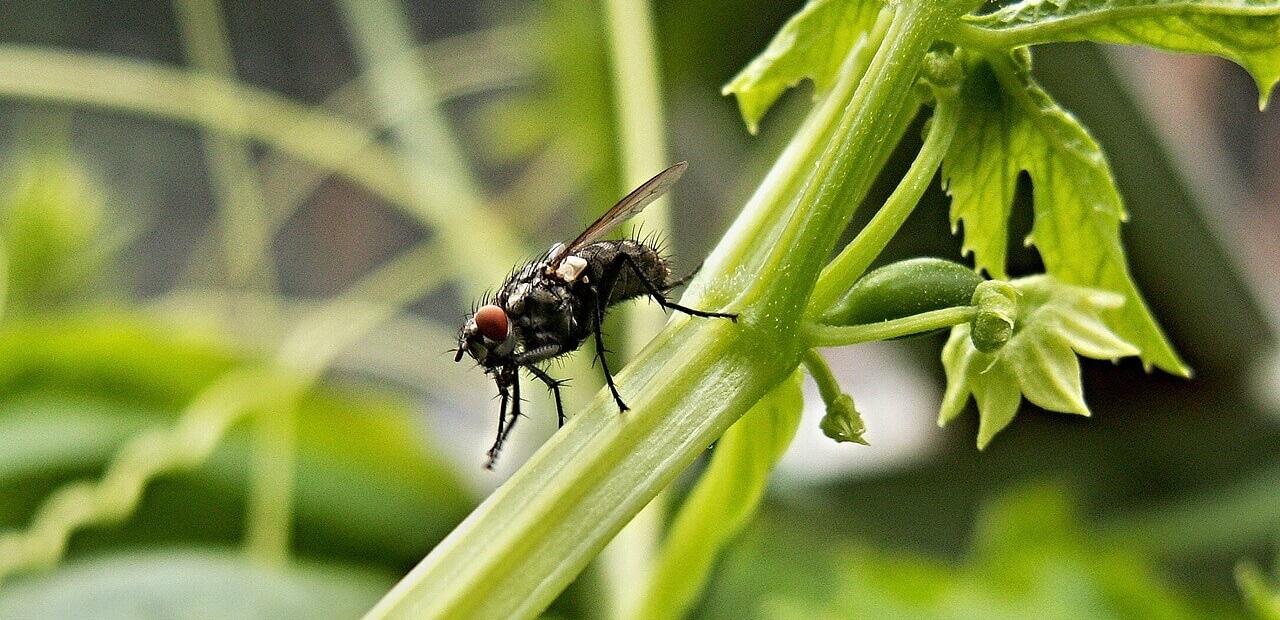
Greenhouses are wonderful tools for keen gardeners, offering a much needed space to tend to gardening projects outside of the usual summer season. But while protecting your plants from the elements, greenhouses can also be prone to sheltering pests and diseases that will ruin all your hard work. Armed with our top greenhouse pest control tips, you should be well equipped to give your plants the best protection possible.
1. Keep your greenhouse clean
As with any form of disease or pest prevention, cleanliness is the number one priority. As part of your general upkeep, it’s worth thoroughly emptying and cleaning out your greenhouse once a year. This involves washing down the windows and surfaces, hosing off the floors and cleansing all the pots. Doing this should give you a fresh, pest-free start for growing each year.
2. Inspect your plants
It’s vital to check over all your plants before they enter the greenhouse in order to prevent pests spreading inside. Just as flowers and crops love the warmth of a greenhouse so too do bugs, and they multiply in the heat. So give any new plants a thorough inspection for signs of insects or larvae on the leaves or stem before bringing them inside.
3. Disinfect your tools
Most gardeners will regularly use the same tools all round the garden, transporting them around the shed, flowerbeds, lawn, vegetable patch, compost heap and greenhouse. This means they can pick up pests from the soil outside and infest the plants inside the greenhouse. So to be extra careful, it’s worth giving your spades, trowels and other tools a good clean every now and again – a soak in soapy water should do fine.
4. Use insect catchers
Chances are, insects will always find a way into your greenhouse. Catch them where they fly, with simple greenhouse pest control products, like hanging fly papers and wasp traps, or using spider spray at the door. Try an insect catcher
5. Use netting
Obviously, greenhouses need good ventilation and it’s never worth sealing them up completely to stop incoming pests. But you can easily cut down on the number of large flying insects entering by hanging netting across open windows or other vent points.
6. Move pots outside in the heat
In the summer months, greenhouses can often become hot and dry throughout the daytime. Moving potted plants outdoors not only helps cool them down but also reduces the build up of spider mites on the plants. Spider mites increase rapidly in number in dry heat so it’s worth keeping the greenhouse ventilated and also using a mister to keep the humidity up. If you’re going out for the day a good trick is to dowse the floor with water, which will evaporate into the air throughout the rest of the day.
7. Use potting soil
Often regular soil from the garden will be packed full of creepy crawlies, insect eggs and other pests. So for the container plants in the greenhouse, it’s a good idea to pot them in shop-bought potting soil or compost. This should be sterilised free from any pests or diseases and well as being rich in nutrients to help the plants grow.
8. Rotate crops
If you plant directly into the ground inside your greenhouse, clearly you won’t have as much control over the spread of potential pests within that soil. A method of combating this is crop rotation – each year vary what type of plant you are growing in that piece of ground. This tends to prevent the buildup of pests in the soil, as similar plants usually encourage the same types of pest.
9. Freeze the pests
This is an extreme measure that you could perform once a year if you believe your greenhouse is truly infested. During the winter, allow your greenhouse to enter a chilling period by opening up all the doors and windows for a day or two. The temperature will drop right down, killing off any pests inside, including their eggs and larvae. As long as it’s not cold for too long, the plants should survive this. Obviously, any tropical plants or those that require constant warmth should not be left out for this.
10. Use biological pest control
Many common greenhouse pests, such as vine weevil grubs, whitefly and spider mites can be fought with biological control. Each pest has a corresponding organism that you can introduce to the infested area and it will feed on the pest, keeping its population under control. If the pest is eliminated then the control dies out too due to lack of food source, so you don’t need to worry about them destroying the plants instead. Some of these biological controls are available to purchase.
Hopefully by putting these tips into practice, your greenhouse will remain pest-free and your plants will thrive. Let us know how you get on or if you have any greenhouse pest control advice of your own!
–
George works in the Primrose marketing team. As a lover of all things filmic, he also gets involved with our TV ads and web videos.
George’s idea of the perfect time in the garden is a long afternoon sitting in the shade with a good book. A cool breeze, peace and quiet… But of course, he’s usually disturbed by his energetic wire fox terrier, Poppy!
He writes about his misadventures in repotting plants and new discoveries about cat repellers.